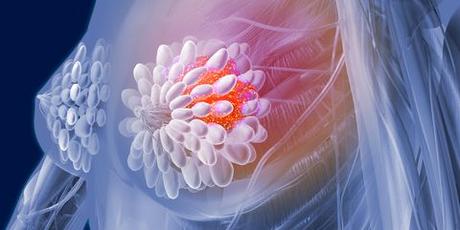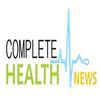
One of the most common threats that women face is of developing breast cancer. The cancer begins in the cells inside the breasts. There is the risk of malignant tumors spreading to surrounding tissues or even to remote parts of the body. If not diagnosed early and treated, it can spread to other parts of the body, mainly the bones and liver.
Symptoms
The symptoms include swelling of the entire or a particular area of the breast with or without a lump, pain in the breast or nipple, changes in the breast skin or the nipple, like redness, irritation, scaliness and dimpling, discharge from the nipple other than milk, or nipple retraction (nipple turning inwards).
Risk
The major risk factors of breast cancer come from inherited genetic transformations, age, gender, family and self history and lifestyle.
Genes
Women inheriting genes like BRCA1 and BRCA2 are more prone to diseases like ovarian and breast cancer. These genes build proteins responsible in the repair of DNA in also the breast tissues. A report from The American Cancer Society states that females who have inherited the BRCA1 and BRCA2 gene mutations, can develop breast cancer when they are around eighty years of age. Perhaps, these genetic mutations can develop cancer in both breasts as well as the ovary in younger females.
Family History
A female having one or two first degree relatives like parents, brothers or sisters and children with this cancer, is also at a high risk of developing this condition.
Age
The risk of developing breast cancer increases with age. A tumor is formed when the breast cells grow abnormally. Most commonly, women over the age of 50 years are at a greater risk. Doctors from the National Cancer Institute (NCI), frequently diagnose breast cancer in females between the ages of 55 and 64 years. The average age of females diagnosed with breast cancer was 62 years as per the data from the years 2012 to 2016. Although the risk is more at 50, this disease can also develop in younger females.
Gender
Both males and females are likely to develop breast cancer. However, women are at hundred times increased risk than men.
Menstrual And Reproductive Cycle
Adolescents starting their menstrual cycle before the age of 12 and women who undergo menopause after 55 years have a higher risk of breast cancer. Females who have never given birth or those who had their first pregnancy after 30, are also at a higher risk.
Therapies And Treatments
Hodgkin lymphoma, a radiation therapy for the chest and breast, if done before 30 can result in cancer. Historically, some miscarriage prevention drugs used during pregnancy like diethylstilbestrol, made it more risky for the children who were born after the drug intake, to develop breast cancer.
Lifestyle
Our lifestyle pattern also plays a major role in generating the risk of cancer. Alcohol intake, smoking, birth control pills, improper BMI, hormone alteration therapies, obesity after menopause and no exercise are essential factors to consider.
According to a new research published in the BMJ paper, there was consistent evidence that women who prefer to wake up early morning are at a minimum risk of developing breast cancer. There was also a suggestive evidence that seven to eight hours of sleep at night could have an unfavorable impact on the risk of breast cancer.


